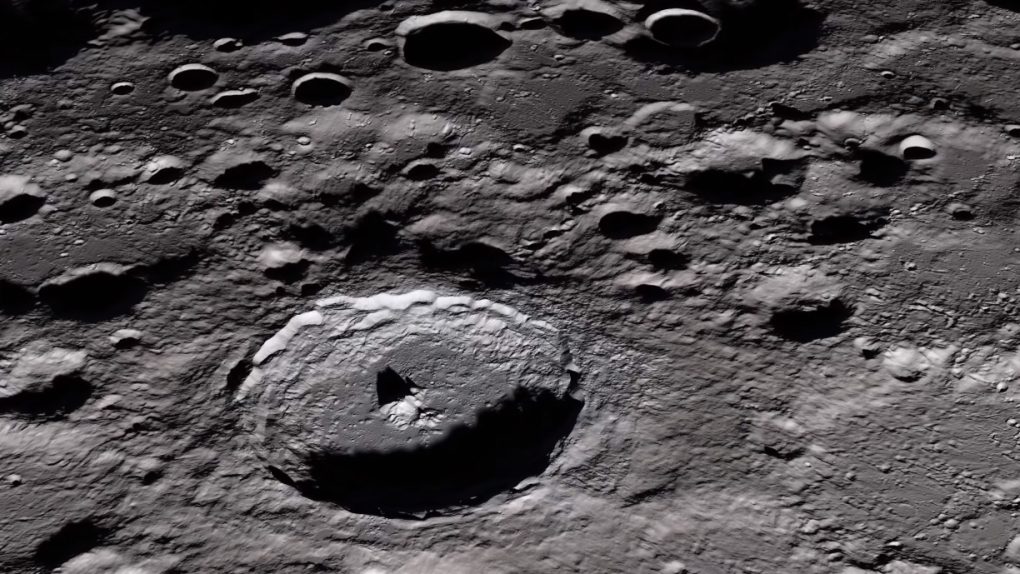- NASA announced the confirmation of water on the lunar surface.
- The discovery is big, but scientists had believed that there was water trapped within the lunar soil for some time now.
- Processing the soil, called regolith, to obtain usable water is something that researchers have been working on for some time.
Hey so remember last week when NASA made a big deal about a big announcement they were planning for today and it was going to be big news and really big? Well, NASA made its announcement and it’s… well, yeah, I guess it’s pretty big. According to the US space agency, there’s water on the Moon, and not just that, it’s on the side facing Earth.
The discovery was made thanks to the work of SOFIA, which is NASA’s Stratospheric Observatory for Infrared Astronomy. It’s basically a highly-customized 747 jetliner with all kinds of observational equipment crammed inside. It flies high above the water vapor in Earth’s atmosphere to get a clear picture of the skies, and in this case, the Moon’s surface.
First off, let’s get the summary of the discovery from NASA itself:
SOFIA has detected water molecules (H2O) in Clavius Crater, one of the largest craters visible from Earth, located in the Moon’s southern hemisphere. Previous observations of the Moon’s surface detected some form of hydrogen, but were unable to distinguish between water and its close chemical relative, hydroxyl (OH). Data from this location reveal water in concentrations of 100 to 412 parts per million – roughly equivalent to a 12-ounce bottle of water – trapped in a cubic meter of soil spread across the lunar surface.
Okay, cool. So there’s water on the Moon, but it’s trapped in the soil that covers the surface. Getting confirmation of that fact is great, but it’s something that scientists have believed was true for some time already, long before this new data was obtained.
“We had indications that H2O – the familiar water we know – might be present on the sunlit side of the Moon,” NASA’s Paul Hertz, “Now we know it is there. This discovery challenges our understanding of the lunar surface and raises intriguing questions about resources relevant for deep space exploration.”
In fact, NASA has been sussing out how it might be possible to actually process the lunar soil, called regolith, and get the water out of it so that it can be used. Water is vital to life on Earth but it’s also incredibly important to operations in space. From cooling operations to keeping astronauts alive, if we could come up with a system to extract water from the lunar surface it would go a long way toward making a sustainable human presence on the Moon more feasible.
If you want to dive into the nitty-gritty details, you can read the full study published this week in Nature.








